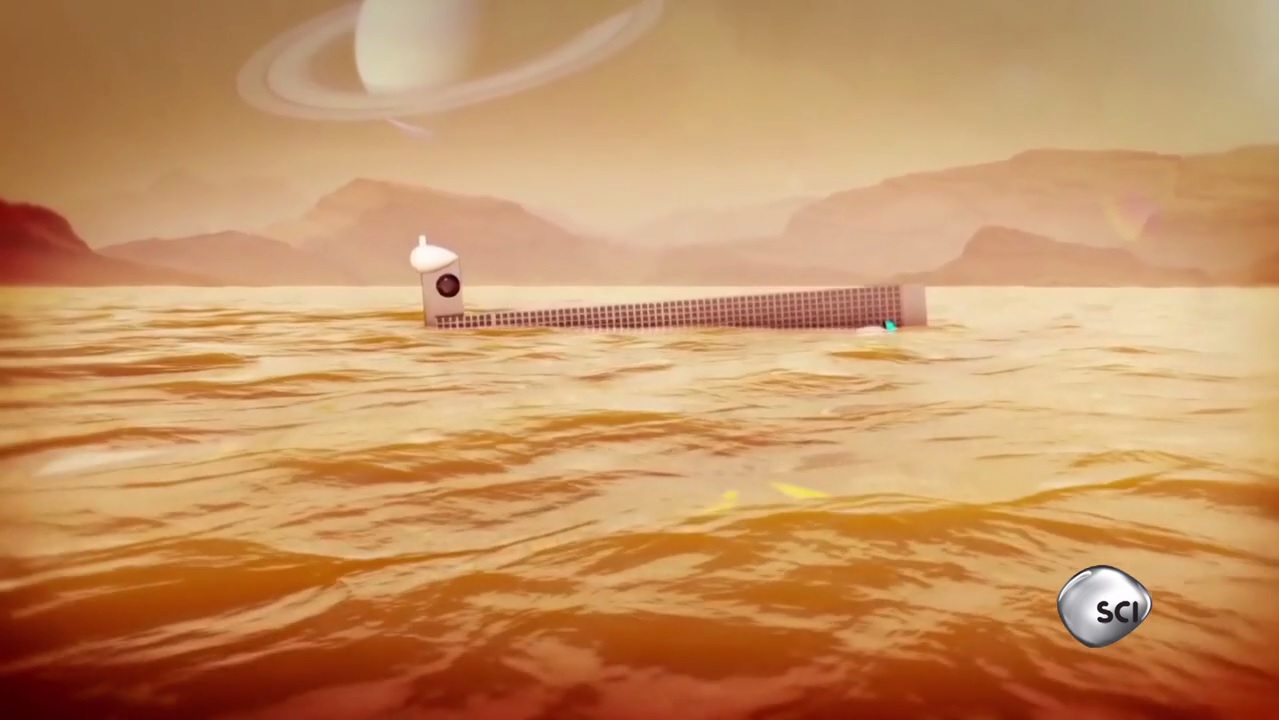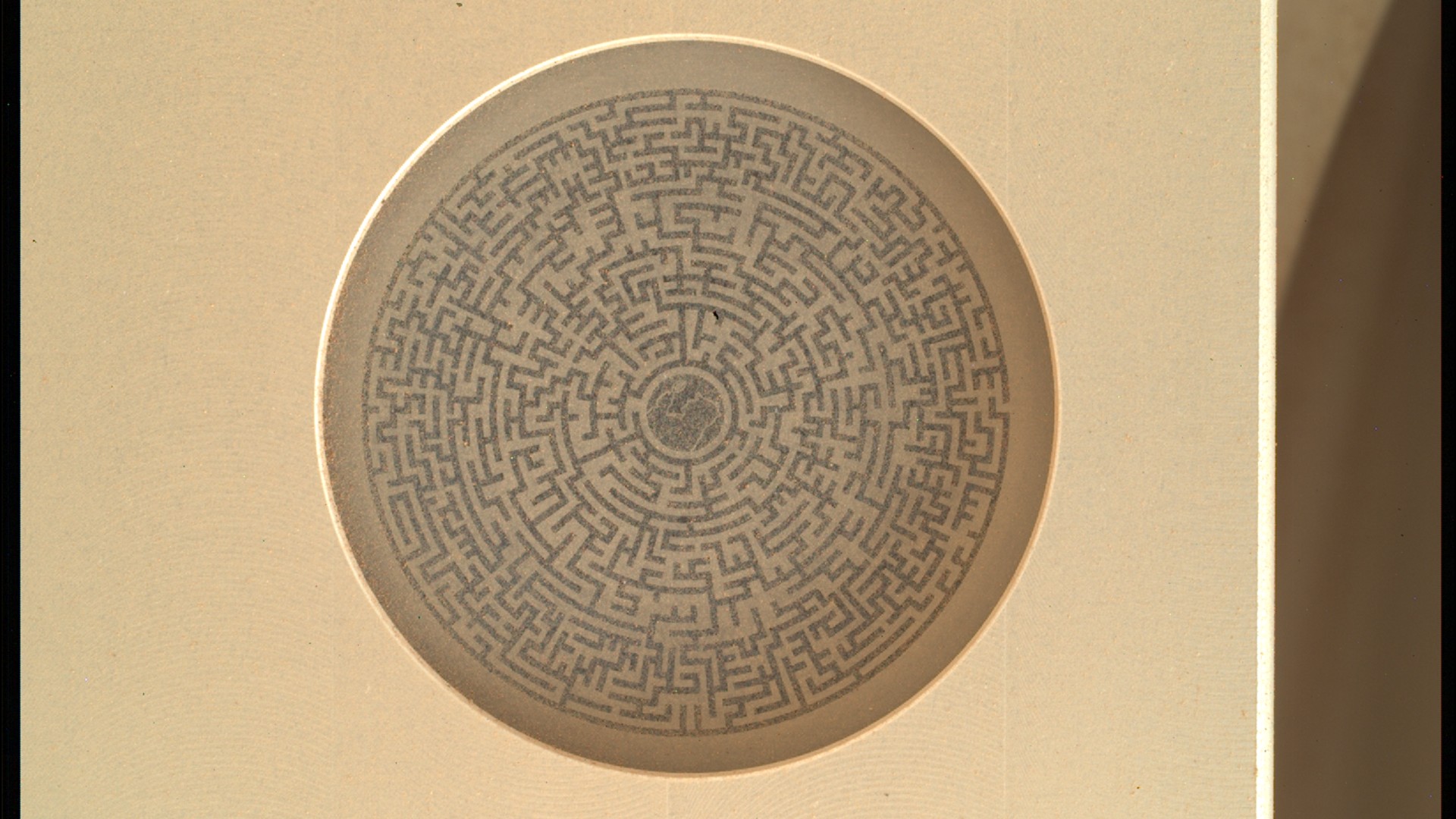'Space's Deepest Secrets': Could a Sub Explore the Seas of Saturn Moon Titan? (Exclusive Clip)

NASA researchers discuss the best way to delve into the depths of Saturn's moon Titan in a new clip from the Science channel show "Space's Deepest Secrets."
The exclusive clip comes from the show's fourth episode, which airs Tuesday (May 17) at 10 p.m. EDT (9 p.m. CDT) on Science Channel. The episode explores liquids in the solar system and the ways researchers can learn about it — understanding the warm, wet environment of early Mars, probing the moonwide, ice-encrusted sea on Jupiter's moon Europa and more.
In the clip, exclusively released to Space.com today (May 16), researchers talk about designing a submarine to explore Titan: a moon of Saturn covered in seas of liquid methane and ethane. Without looking under those seas, the researchers said, how can we truly understand that moon?
"That first picture from anybody's submarine on the surface of a sea on another planet in our solar system changes the world," Michael Paul, director of Space Systems at Penn State University, said in the clip. "That's something that none of us have ever seen before — that's true discovery. That is why we do any of this. And that would be awesome. That first picture alone would make this entire mission worth it."
The researchers consider what they could find in those alien depths, searching for information and hoping for life — but not as we know it.
Editor's Note: This article has been corrected to reflect that the seas on Titan consist of liquid methane and ethane.
Email Sarah Lewin at slewin@space.com or follow her @SarahExplains. Follow us @Spacedotcom, Facebook and Google+. Original article on Space.com.
Get the Space.com Newsletter
Breaking space news, the latest updates on rocket launches, skywatching events and more!
Join our Space Forums to keep talking space on the latest missions, night sky and more! And if you have a news tip, correction or comment, let us know at: community@space.com.

Sarah Lewin started writing for Space.com in June of 2015 as a Staff Writer and became Associate Editor in 2019 . Her work has been featured by Scientific American, IEEE Spectrum, Quanta Magazine, Wired, The Scientist, Science Friday and WGBH's Inside NOVA. Sarah has an MA from NYU's Science, Health and Environmental Reporting Program and an AB in mathematics from Brown University. When not writing, reading or thinking about space, Sarah enjoys musical theatre and mathematical papercraft. She is currently Assistant News Editor at Scientific American. You can follow her on Twitter @SarahExplains.
